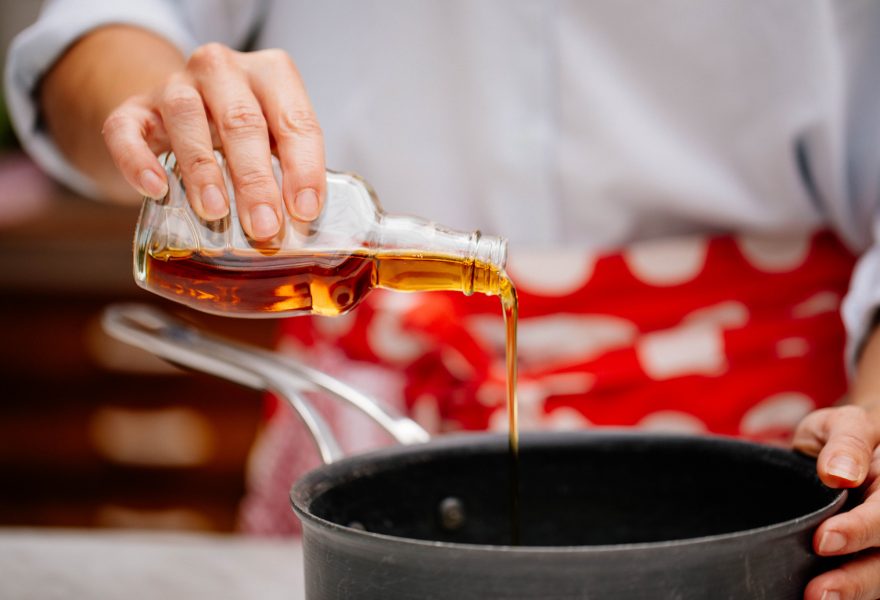Celebrating maple syrup for World Food Week

With World Food Week in full swing, a week of celebrating food in all its variety, we’ve decided to highlight pure Canadian maple syrup – its history, and its benefits.
First recorded origins of maple syrup date back to between 1536 and 1542, as historical sources reveal Jacques Cartier and his fellow explorers were intrigued by what appeared to be a large walnut tree which was, in fact, a sugar maple. It wasn’t until later, in the 1600s, that reports about maple sap grew, beginning a slow evolution in the use of maple sugar. It was during this time that early settlers in Canada learned about sugar maples from Native Americans.
Comparisons of maple sap were akin to a sugar as sweet as honey and a fine wine. In 1606, missionary Gabriel Sagard spoke of the use of maple and described it as a fortifying beverage, along with the first initial idea of it being a drink used to restore energy.
In the second half of the 17th century, and into the 18th, there are growing references to the export of maple sugar to France as a culinary curiosity. As sugar cane cultivation was gradually expanding in Brazil and the Caribbean, the demand for sweeteners was rising.
The sugar maple tree, maple sap and maple sugar reached a new level of distinction through the work of renowned scientists like Pehr Kalm, Henri-Louis Duhamel du Monceau, and Denis Diderot. They took a holistic approach in explaining the natural processes that occur in the sugar maple, the making of maple sugar, and the benefits of maple to health.
The 19th century witnessed the transition from the old ways of tapping and harvesting sugar maple trees to new methods made available by science and research. Instead of using an axe, incisions were made with a drill; wood buckets were replaced by metal containers with lids; the iron pot changed to an evaporator; and the branch-covered shelter gave way to a shack made of lumber. Production eventually evolved to the general model that we see today.
At the turn of the 21st century, the promotion of maple products as well as research and innovation activity began to support the widespread marketing of maple. Fast forward to now, pure Canadian maple syrup is a staple is almost every home in Canada and is slowly making its way across the seas as a popular ingredient.
A reason as to why pure Canadian maple syrup is so popular is that as a natural product with no artificial colours, flavours or preservatives, the benefits are countless. Learn more about the nutritional benefits of maple syrup here.
Maple products also include a range of natural sweeteners, making it a great alternative and a natural source of energy, ideal for athletes and fitness enthusiasts.
Alongside the abundant nutritional benefits, pure Canadian maple is also known for its distinct taste and flavour that complements and enhances both sweet and savoury dishes – making it the perfect store cupboard ingredient to have in your home.
Find our extensive library of delicious maple syrup recipes.
A natural source of energy
Maple syrup is a natural source of energy. Check out our recipes for food and drinks before, during, and after exercise.
)